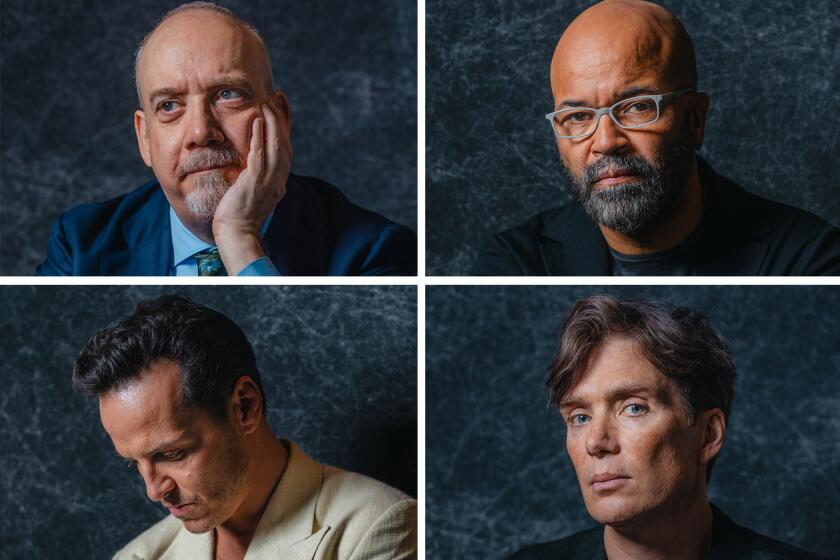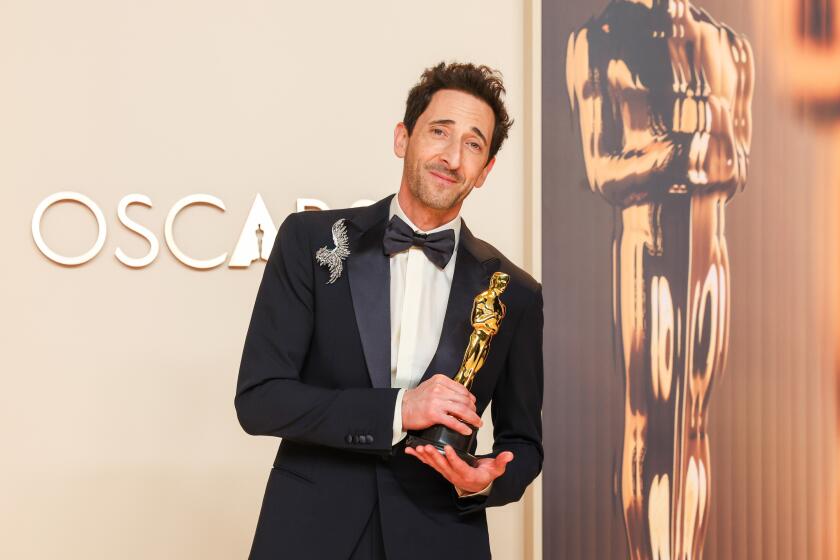Bossa nova, repercussions of authoritarianism collide in ‘They Shot the Piano Player’
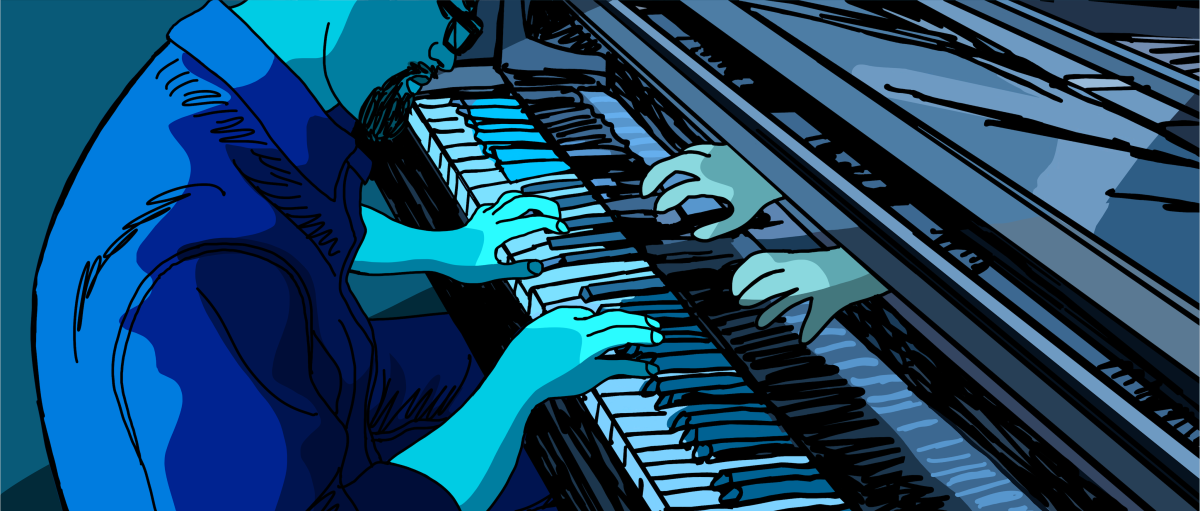
- Share via
A self-described melomaniac, veteran Spanish filmmaker Fernando Trueba (director of the Oscar winner “Belle Époque”) had long nurtured an affinity for Brazilian music, including the bossa nova style of samba, thanks in part to his wife and producer Cristina Huete, a native of the South American country.
But it wasn’t until 2004 that his interest took him on a winding path that would conclude with the creation of “They Shot the Piano Player,” an animated documentary about the tragic case of Brazilian pianist Francisco Tenório Júnior, whose life was cut short under troubling circumstances in 1976 while on a trip to perform in Buenos Aires, Argentina.
“I discovered Tenório in an album that featured other artists that I already admired: Paulo Moura and Raul de Souza,” said Trueba. “There was this pianist who was unknown to me.”
Obsessed with his talent, Trueba decided to investigate what happened to Tenório. The filmmaker traveled to several cities in Brazil between 2005 and 2007 to interview several of the major figures in the country’s music scene who had worked with Tenório and had firsthand recollections of him.
Our BuzzMeter film experts are back to predict what Oscar voters will nominate in 10 Academy Awards categories. Vote in the online polls!
“Early on I didn’t know what I should do, I had so many interviews. I first thought of making a much more conventional documentary,” Trueba recalled.
Going with a more traditional project, Trueba realized, would result in a solemn piece comprised solely of people talking to the camera about a person who disappeared. But as soon as he concluded his initial research, Trueba began working on the Oscar-nominated animated romance “Chico & Rita” with co-directors Javier Mariscal (the celebrated Spanish artist and designer who would go on to co-direct “Piano Player”) and Tono Errando.
That experience convinced Trueba that the medium of animation could succeed as the vehicle to breathe new life into Tenório’s story. But unlike “Chico and Rita,” this new endeavor would require a different mixture of historical facts and creative invention.
“On ‘Chico and Rita’ we included real-life characters in a fictional period screenplay. In this one, we have a drop of fiction in a story grounded in reality,” said Trueba.
The element of fabrication Trueba refers to is replacing himself in the narrative with a fictional New York-based writer he named Jeff Harris. His reasoning for devising an alter ego is twofold. First, Brazilian music didn’t have as much impact in Spain as it did with American audiences. Second, Tenório’s death was entangled with the series of interventionist U.S. policies that supported authoritarian governments across Latin America at the time.
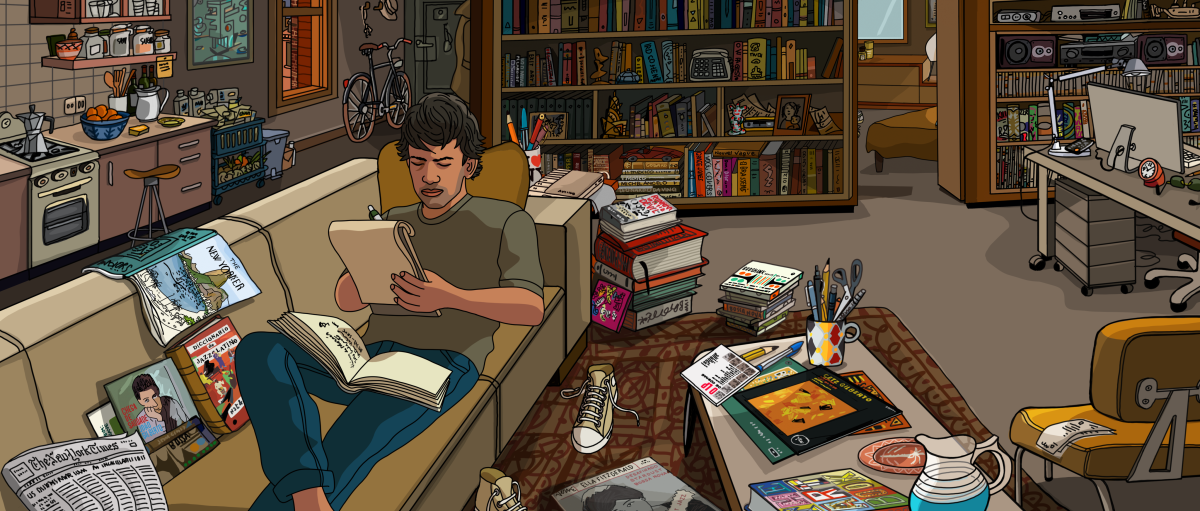
“It was more believable to have an American journalist rather than putting myself in the film,” said Trueba. “In a way, this American journalist is me but transformed into someone who, from a historical and dramatic point of view, works better for the movie.”
Trueba’s first and only choice to voice his protagonist was actor and musician Jeff Goldblum. The two had worked together over 30 years ago on the erotic thriller “Twisted Obsession” and had stayed in touch ever since.
“It was nice that he is also a pianist, but the most important thing for me is that I consider Jeff the best voice in American cinema,” said Trueba. “His voice stands out because it’s original and unpredictable. He is like a jazz player soloing.”
Though Mariscal knew the concept of an animated nonfiction piece represented a risky proposition, the idea of expanding the language of animated storytelling enticed him. This time around, over a decade after their last film, the technology had changed plenty.
“On ‘Chico and Rita,’ we were still using paper. I would draw on paper and then scan the drawings,” said Mariscal. “Now we worked directly on the computer. We also now have tools to speak in real time online with people in different cities working on the film.”
The directors believed that re-creating passages from Tenório’s life through animation rather than with actors made for a more emotionally direct connection with his music. Two visual styles distinguish between the interviews in the present and segments in the past.
“The movie was asking for a very high level of realism, and at the same time the illustrations of memories that each person shares, we made those drawings more cartoonish, more symbolic,” explained Mariscal.
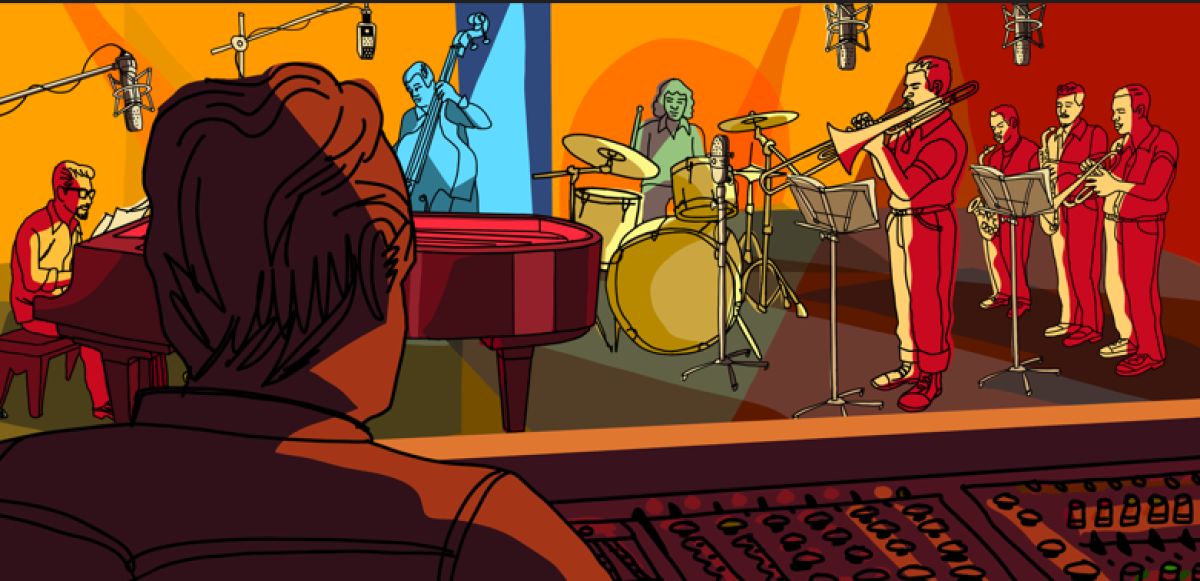
For Trueba, what the two animated films he and Mariscal have made together have in common, despite their distinct intents, is that music is not something added to embellish the story but rather an integral part of it. “We can’t talk about the screenplay without the music. What is playing in each moment is part of the story we are telling,” said Trueba.
After spending countless hours listening to numerous people who knew Tenório in different facets — as a friend, as a colleague, as a family member — Trueba noted that, at some point, he started to feel as if they were close even though they never got to meet.
“I have the sensation that I know him really well, even the most subtle things about his personality,” said Trueba. “When the journalist says he feels like Tenório is his friend with whom he was never able to drink a beer, that’s me speaking through the character.”
More to Read
From the Oscars to the Emmys.
Get the Envelope newsletter for exclusive awards season coverage, behind-the-scenes stories from the Envelope podcast and columnist Glenn Whipp’s must-read analysis.
You may occasionally receive promotional content from the Los Angeles Times.
